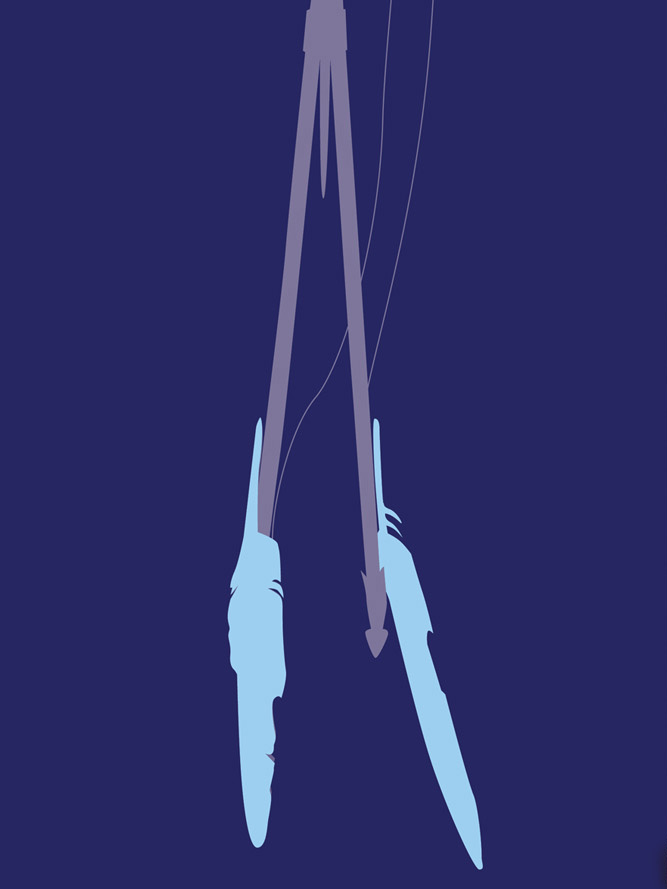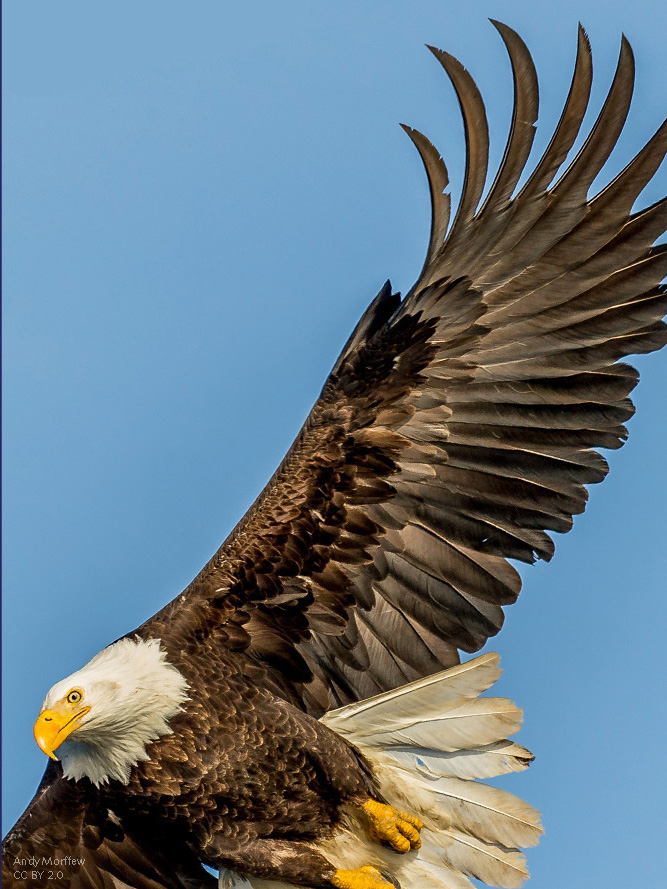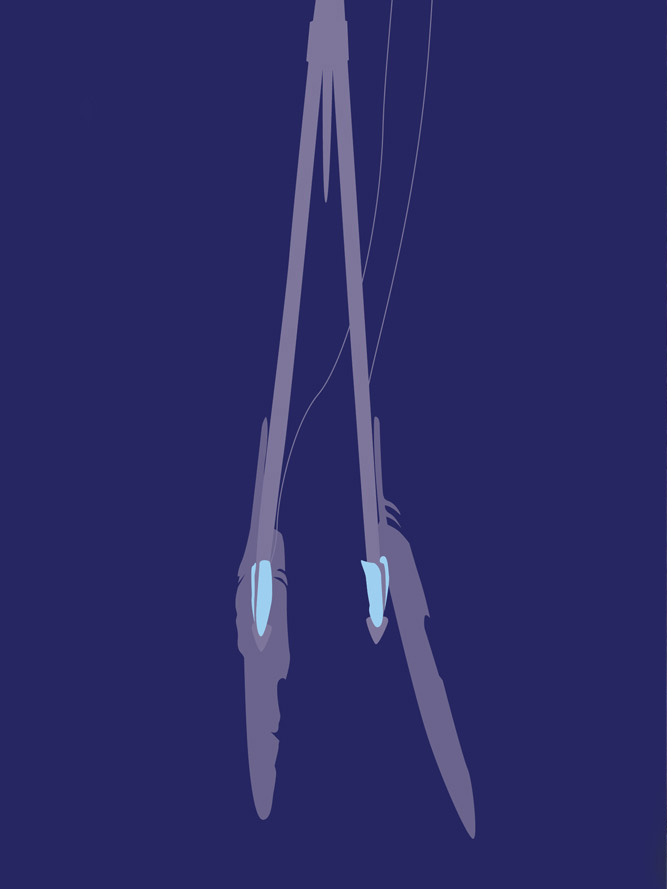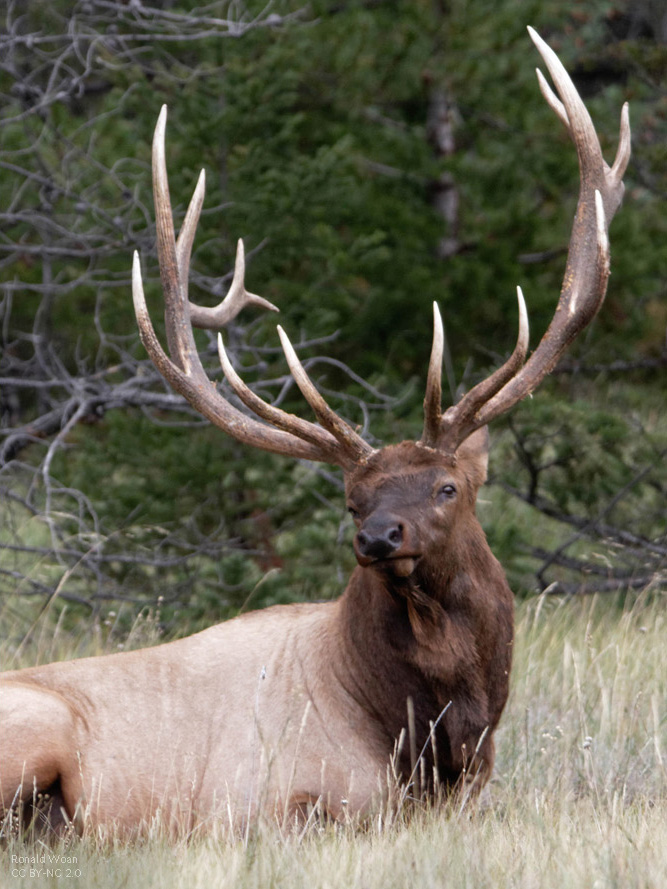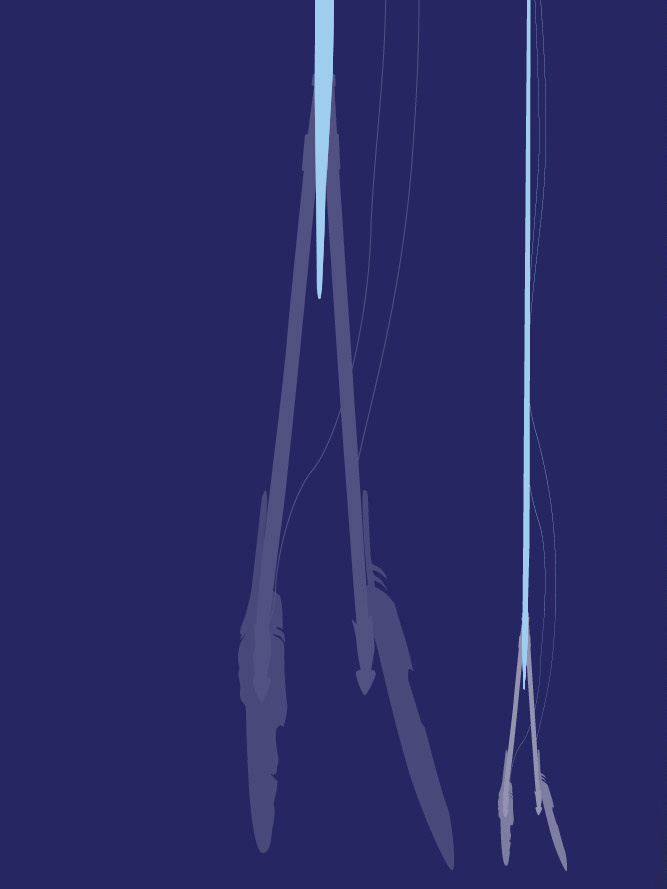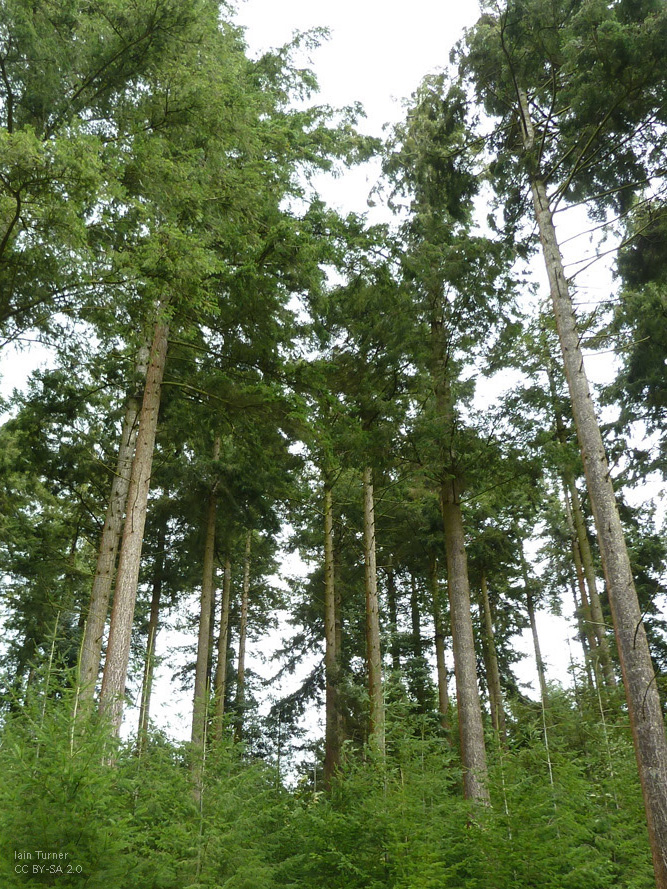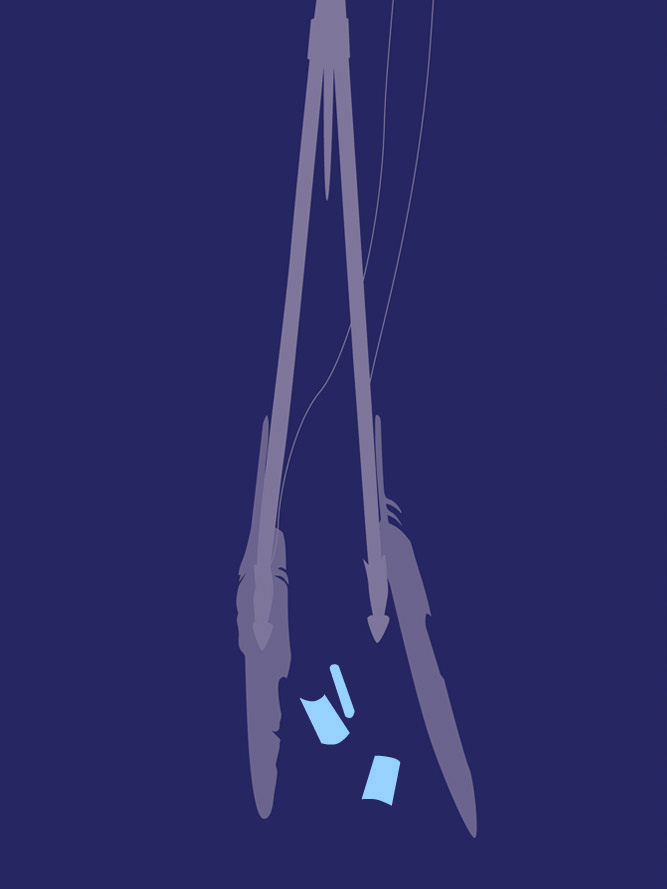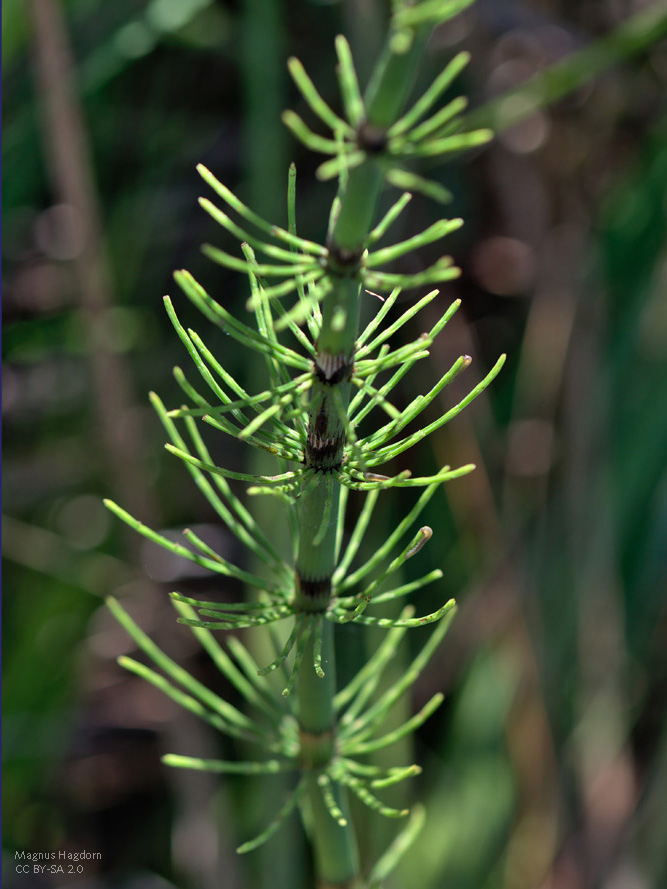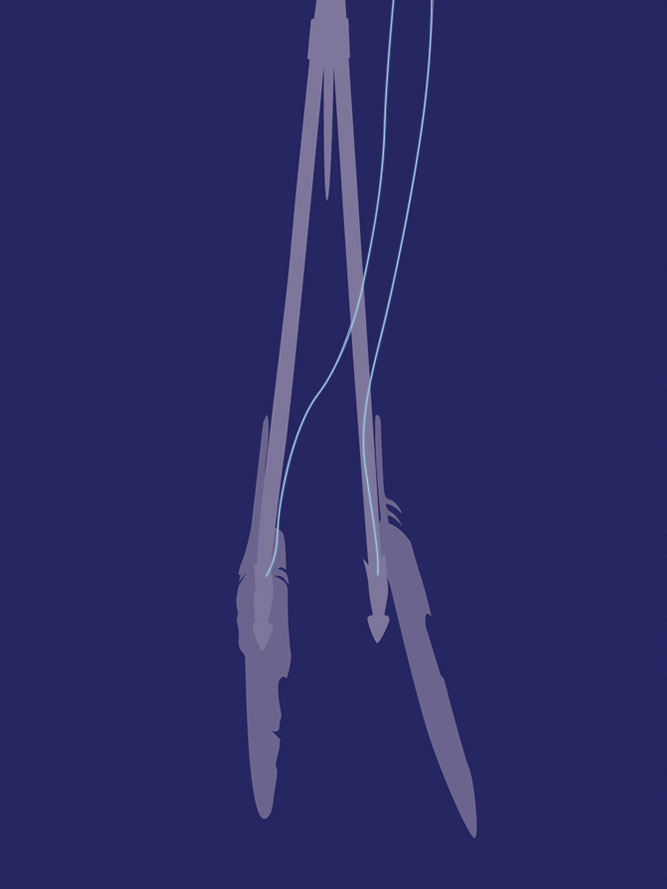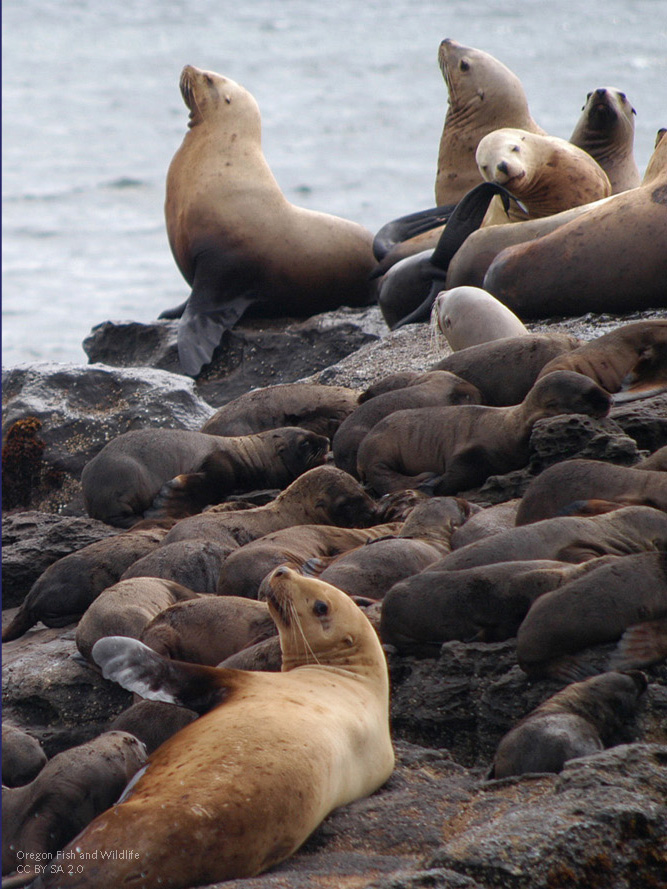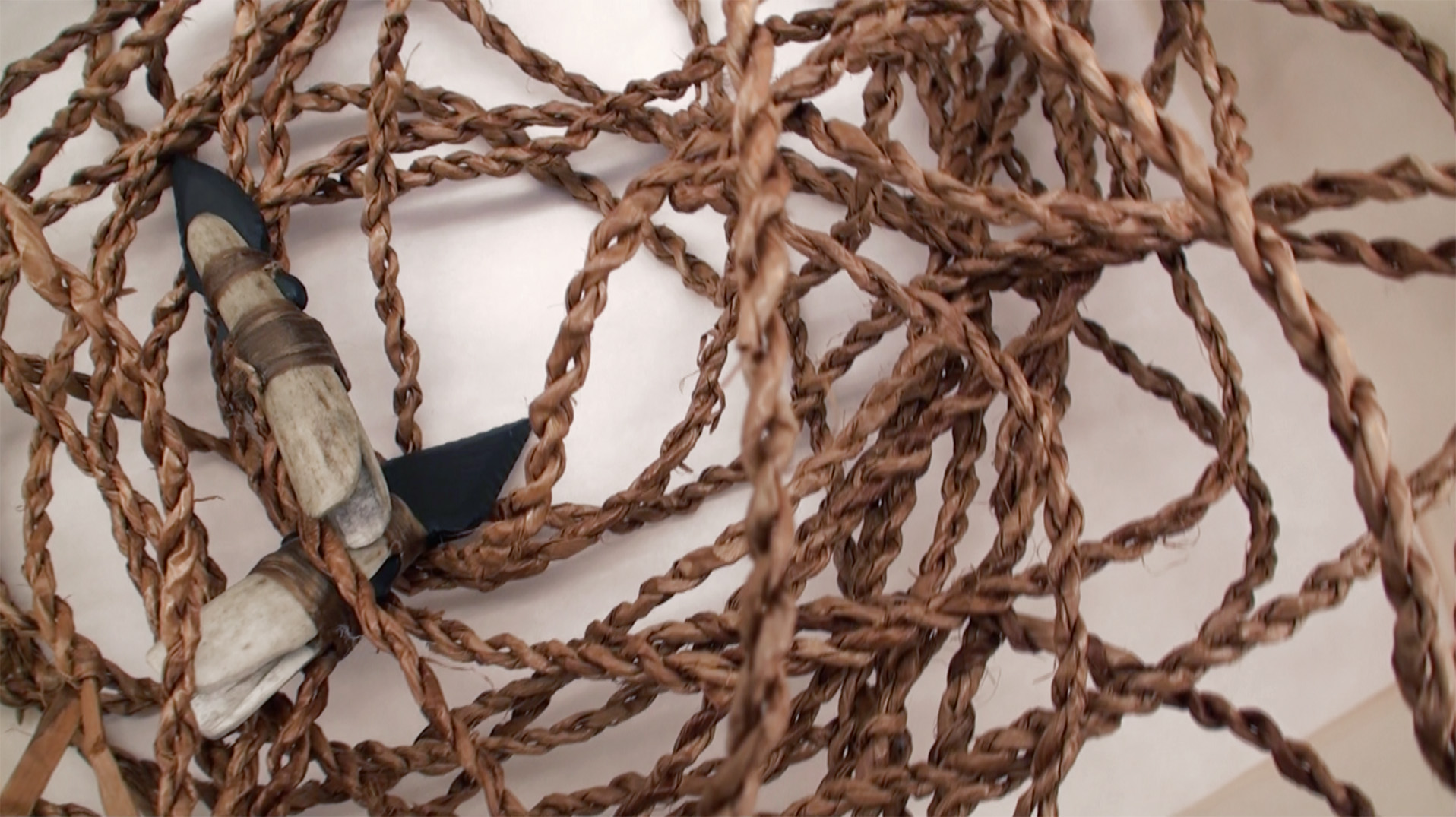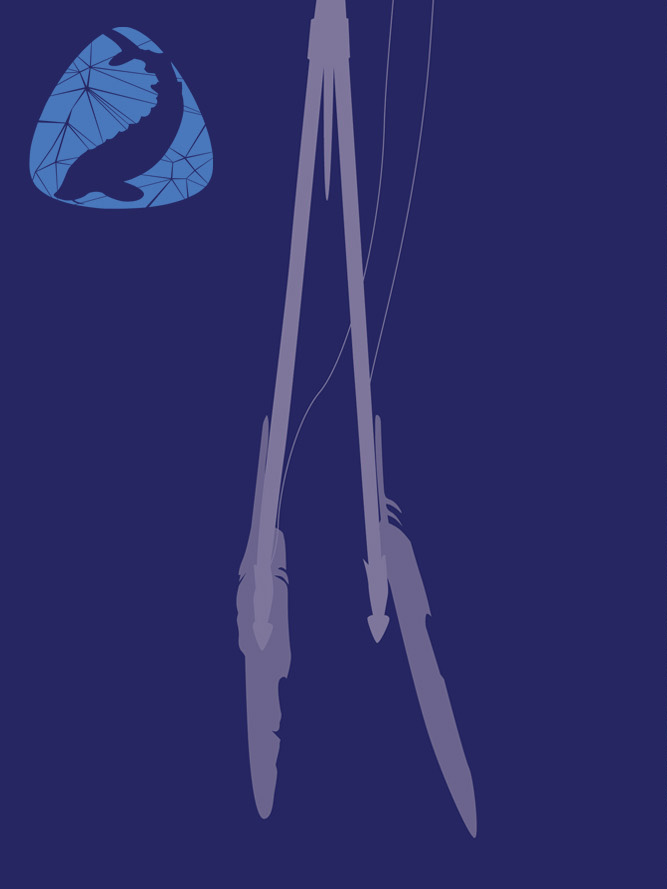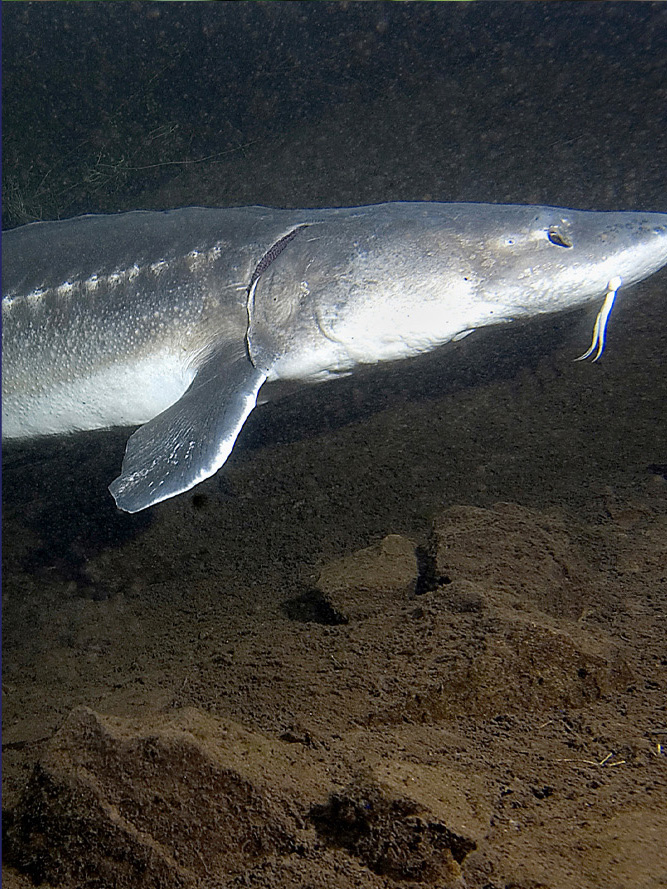To Musqueam, a sturgeon is more than simply a sturgeon. It’s an entry point to aspects of language, territory, health, technology, and our society, and the respect and responsibilities that accompany them. It is part of a larger web of mutually dependent knowledge.
A sturgeon harpoon describes a relationship between elk, eagles, Douglas fir, and moles, our need to access our territory, and the way we to come together as a family to pass on knowledge. When a link in this web is broken, it’s a loss to the whole web of knowledge and to our relationships.
- Jason Woolman
xʷməθkʷəyəm | Musqueam First Nation
Take a look at the 2D visualization of the knowledge web.
Explore the nodes of the web below.
